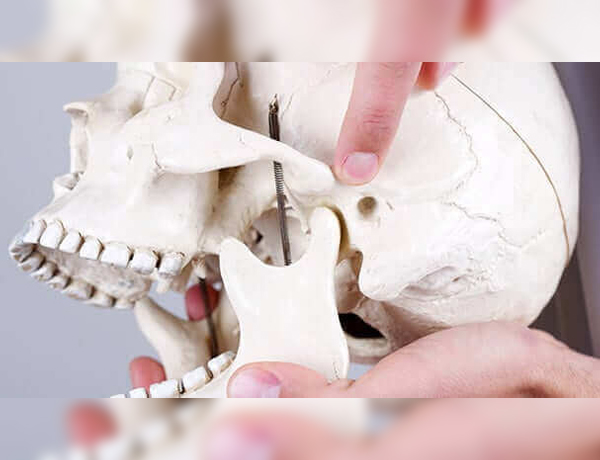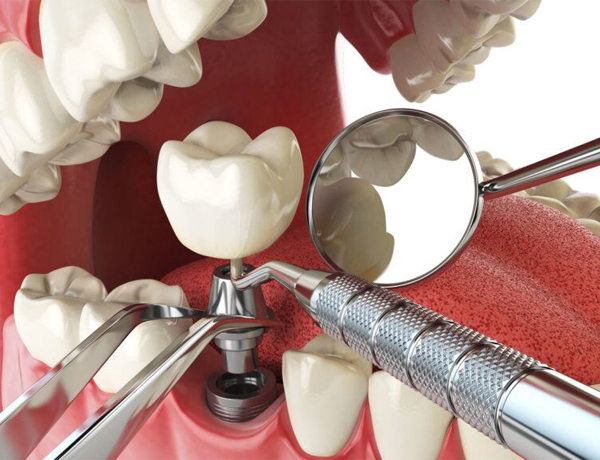Working Time
-
From Saturday to Friday :
24H / 24H -
online service :
24H / 24H -
social media assistance :
24H / 7
bone grafts
Types and sources of implanted jaw bones
The implants used to treat orthopedic jaws are divided into several types according to different factors. The first area is limited, medium or large. We can also classify them according to the source into 3 types: human implants extracted from the human body itself (behind the wisdom tooth, for example), artificial bone implants, orthopedic implants extracted from animal sources. The choice is made between these classifications according to the patient's condition and the area of bone to be compensated.
Limited Orthopedic Implants:
This type of bone graft is used in the event that a long period has passed since the extraction of the tooth, then the doctor places tiny human bone implants to fill the gap left by the extracted tooth until the new tooth is implanted in order to preserve the jawbones and prevent them from atrophy.
The doctor also covers this part with a layer of collagen in order to protect the prosthetic bone implant from erosion again until the new dental implants are performed, which may need prolonged preparations.
Middle tooth bone implants:
The doctor usually resorts to this type of implant if the original teeth were removed for a relatively long time, causing atrophy or damage to the jawbones. The doctor may therefore have to use medium bony pieces that are placed in the empty area of the gum after making a transverse incision in order to reach the area.
Then the newly implanted bone is covered with a layer of collagen to protect it as usual. Fusion begins to occur after a short period of the operation, combining the old jaw bones with the new intermediate structures, which leads us to the desired result. As the jawbone increases density and hardness until it returns to its original position again, which qualifies it for the implantation of new teeth.
Large dental implants:
The jaw and dental surgeon usually use this type of implants when losing teeth for long periods that have created significant atrophy and erosion in the gum bones, especially if they reach the inability to bear the movable dentures. In this case, the doctor works to extract bone blocks from different parts of the body for the purpose of implanting them to fill the spaces of the jawbones and then cover them with a layer of melted collagen.
After enough months have passed for the required fusion between the original gum bones and the new bone implant, the specialist doctor begins placing the dental implants in their place.
Is it possible to make a temporary installation of the teeth after the bone grafting process for a full jaw?
It is not possible to perform a temporary installation in order to ensure the complete connection between the jawbone and the bone graft and the occurrence of blood circulation within the bone mold. It is likely that no fitting will be added to the bone during the first 3 months.
Reasons that may prevent you from dental implants
It is important to consult your doctor and understand your health condition before starting any medical or surgical procedures. The doctor may alert you to reasons that prevent you from performing the bone grafting process, the most important of which are:
Long-term use of osteoporosis drugs
Exposure to chemotherapy (for some cancer patients)
Having uncontrolled blood pressure and diabetes
Finally, we advise you to read this article for more information about the stages of the dental implant procedure




